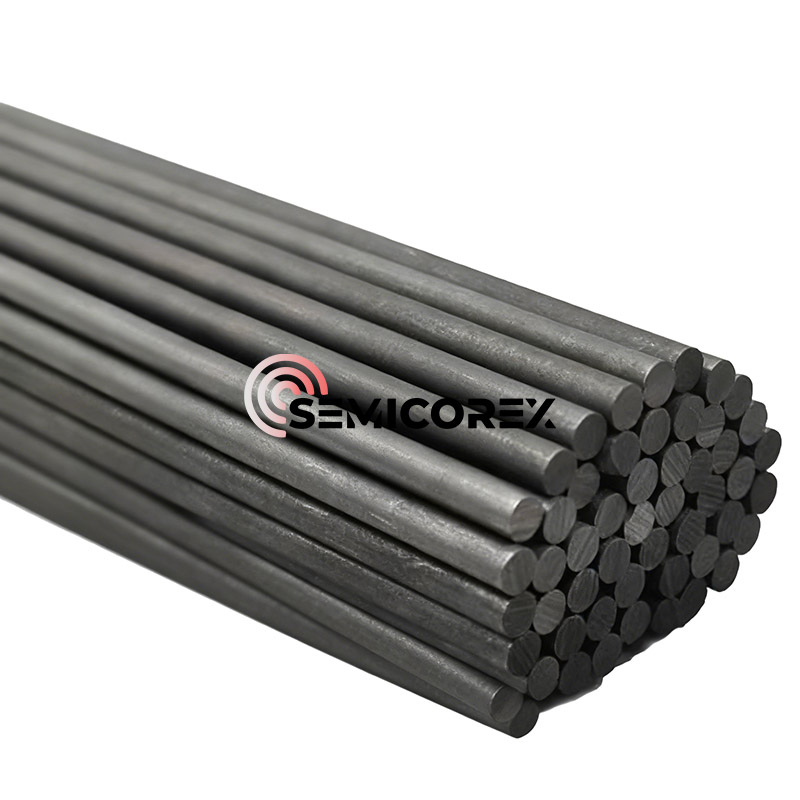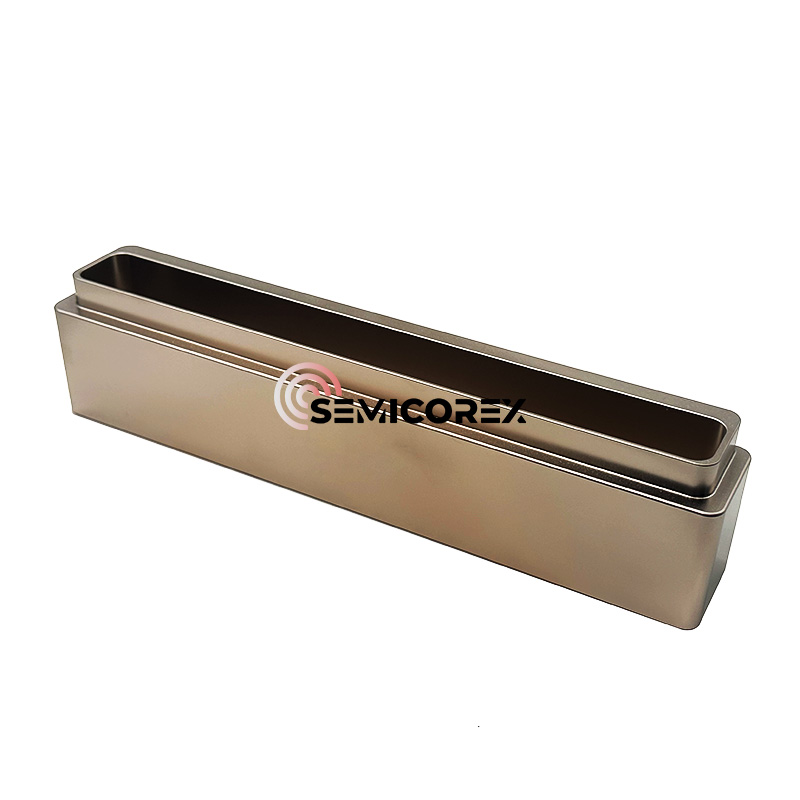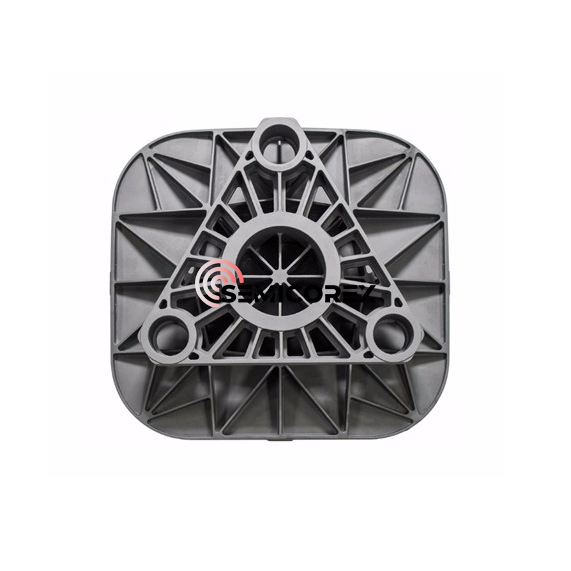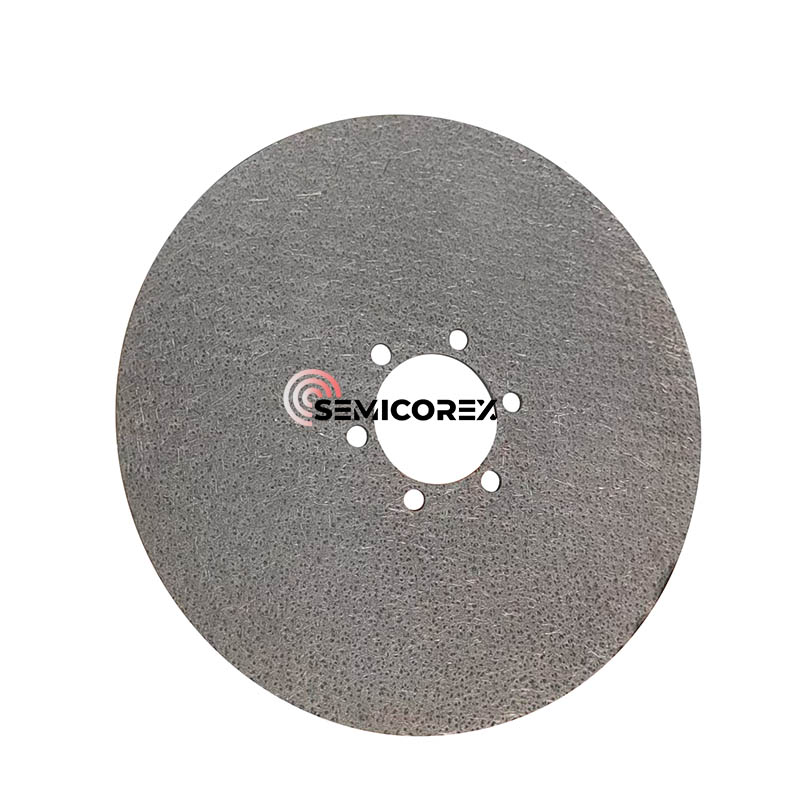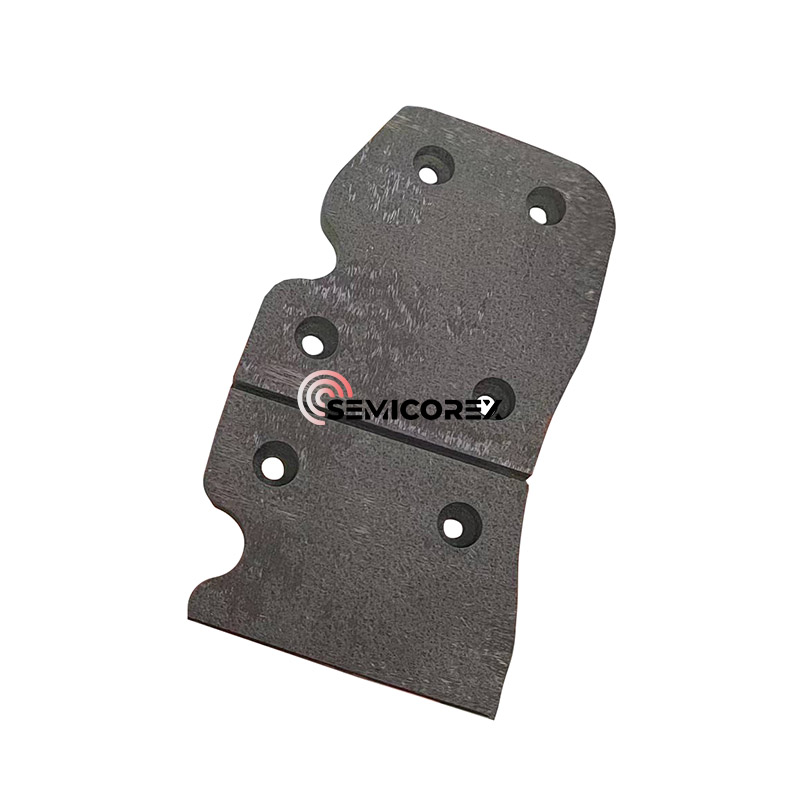
- English
- Español
- Português
- русский
- Français
- 日本語
- Deutsch
- tiếng Việt
- Italiano
- Nederlands
- ภาษาไทย
- Polski
- 한국어
- Svenska
- magyar
- Malay
- বাংলা ভাষার
- Dansk
- Suomi
- हिन्दी
- Pilipino
- Türkçe
- Gaeilge
- العربية
- Indonesia
- Norsk
- تمل
- český
- ελληνικά
- український
- Javanese
- فارسی
- தமிழ்
- తెలుగు
- नेपाली
- Burmese
- български
- ລາວ
- Latine
- Қазақша
- Euskal
- Azərbaycan
- Slovenský jazyk
- Македонски
- Lietuvos
- Eesti Keel
- Română
- Slovenski
- मराठी
- Srpski језик
Carbon Ceramic Brakes
Semicorex Carbon Ceramic Brakes are the ultimate braking solution for high-performance applications. Choose Semicorex for unmatched material expertise, precision manufacturing, and proven reliability trusted by leading OEMs worldwide.*
Send Inquiry
Semicorex Carbon ceramic brakes represent the pinnacle of braking technology, engineered to deliver uncompromising performance, exceptional durability, and consistent stopping power under the most demanding conditions. Designed for high-performance vehicles, luxury automobiles, and advanced motorcycles, carbon ceramic brake systems provide a superior alternative to traditional steel or iron brakes.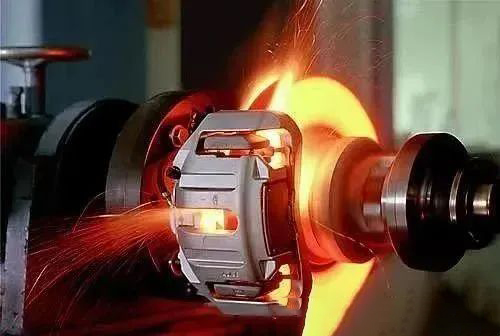
Carbon ceramic brakes discs are an improved version of carbon/carbon materials. The manufacturing process is based on carbon-carbon materials and silicon carbide is added. The high mechanical strength of carbon fiber is combined with the wear resistance and oxidation resistance of ceramic materials. Carbon-ceramic brake discs not only inherit the advantages of high temperature resistance and low density of carbon-carbon materials, but also overcome the problem of low friction coefficient in wet and low temperature environments. Therefore, carbon-ceramic brake discs can be used in both the civilian market and the racing and military aircraft markets. Carbon-ceramic discs can withstand high temperatures of up to 1750°C, have short braking distances, are light in weight, and are rust-free.
Select continuous long fibers and lay a layer of mesh tire between two layers of carbon fiber cloth. Then, a needle punching technique is used to form a whole, and then the required three-dimensional ring preform is formed by cutting. Then, chemical vapor deposition is used to infiltrate carbon molecules into the gaps of the preform through high temperature and high pressure. After repeated deposition, when a certain density is reached, a carbon-carbon composite is formed.
Then, through siliconization, fine grinding and other steps, the carbon ceramic brakes disc is finally made. Compared with short fibers, long-fiber carbon-ceramic discs have higher strength and toughness due to the better carbon fiber structure. However, during the carbonization process, repeated deposition is required, so the preparation cycle is longer.
Carbon ceramic brakes are significantly lighter than their steel counterparts—by as much as 50%. This weight reduction contributes to improved handling, acceleration, and fuel efficiency. In performance motorcycles, the lighter unsprung weight enhances suspension response and overall ride dynamics, giving riders better control and a more responsive feel.
Noise, vibration, and harshness (NVH) levels are also minimized with carbon ceramic systems. Their smooth operation reduces brake noise and offers a more refined driving or riding experience. This makes them an appealing choice not only for racers but also for premium vehicle manufacturers seeking to combine sportiness with comfort.
In terms of aesthetics, carbon ceramic brake systems often feature a distinctive appearance with large, ventilated rotors and high-performance calipers, adding an aggressive and technologically advanced look to any vehicle. They are often paired with high-friction brake pads designed specifically for ceramic use, ensuring optimal bite and modulation.

